Asian giant hornets with the nefarious nickname “murder hornets” have recently been discovered in the United States for the first time. Scientists are rallying to prevent a 2020 invasion from the pests, fearing the U.S. honeybee population could be vulnerable to attack with devastating consequences.
The giant hornets attack using mandibles shaped like spiked fins to decapitate their primary prey, the honeybee, which is already an endangered species. The hornets target honeybee hives in groups of up to 50 and are able to decimate an entire colony in mere hours before flying off with the bodies to feed their young.
The hornet also possesses a stinger with potent venom for larger, more resistant prey.
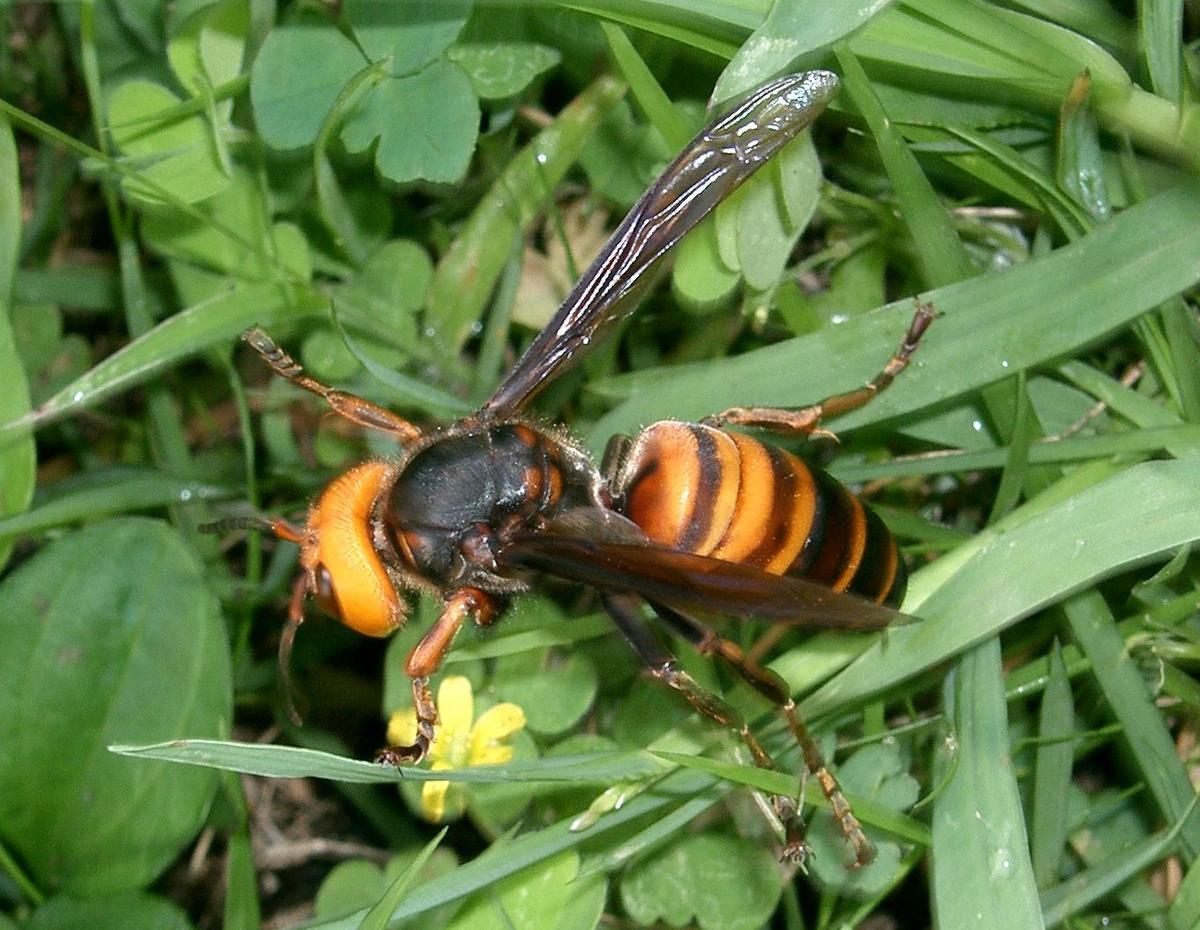
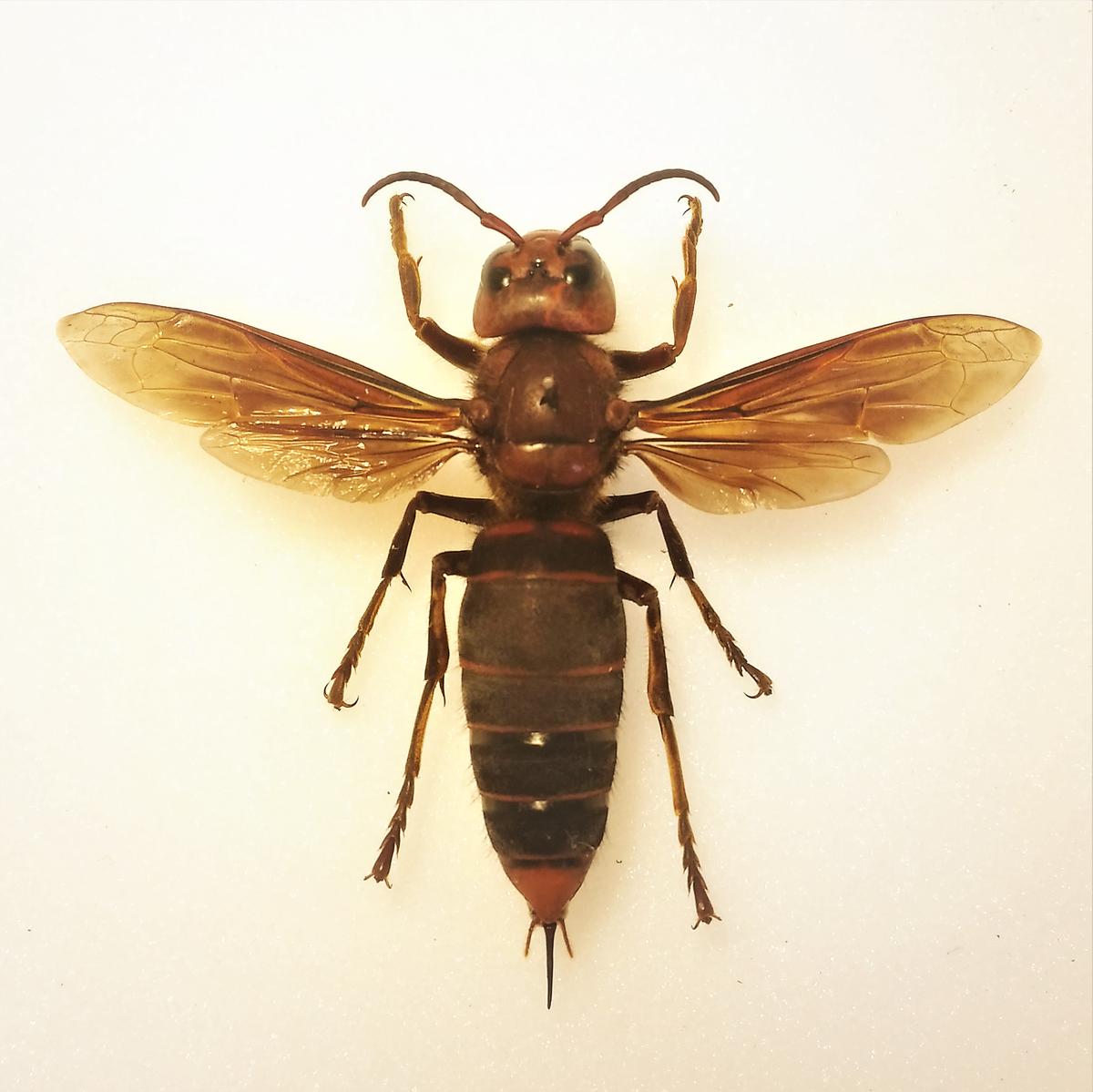
“This is our window to keep it from establishing,” said Chris Looney, an entomologist at the Washington State Department of Agriculture (WSDA). “If we can’t do it in the next couple of years, it probably can’t be done.”
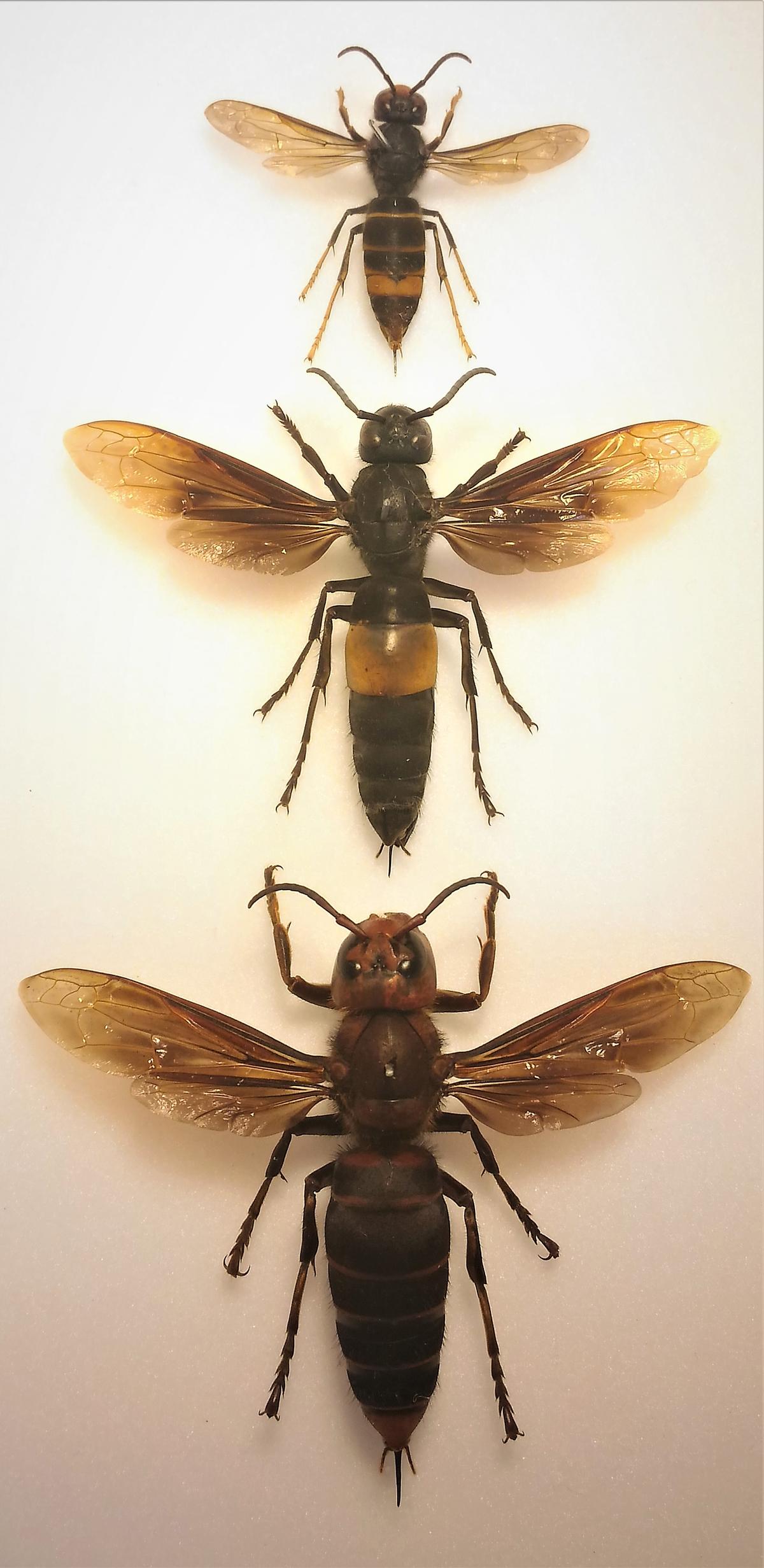
“They attack honeybee hives, killing adult bees and devouring bee larvae and pupae while aggressively defending the occupied colony,” Truscott said. “Their stings are big and painful, with a potent neurotoxin. Multiple stings can kill humans, even if they are not allergic.”
In November 2019, additional specimens were discovered across the border to Canada in British Columbia and on Vancouver Island. Beekeeper Conrad Bérubé was tasked with exterminating the Vancouver Island hive and was stung seven times or more, describing the pain as “like having red-hot thumbtacks being driven into my flesh.” Murder hornets kill up to 50 people per year in Japan.
Bearing through the pain and ultimately surviving, Bérubé managed to destroy the hive and collect samples for analysis.
As of May 2020, WSDA’s Chris Looney is leading the murder hornet push back by planning and placing hundreds of hornet traps in the Washington state area. Looney and his peers are also investigating the feasibility of various tracking methods to help lead them to hornet hives and eliminate colonies at their source.
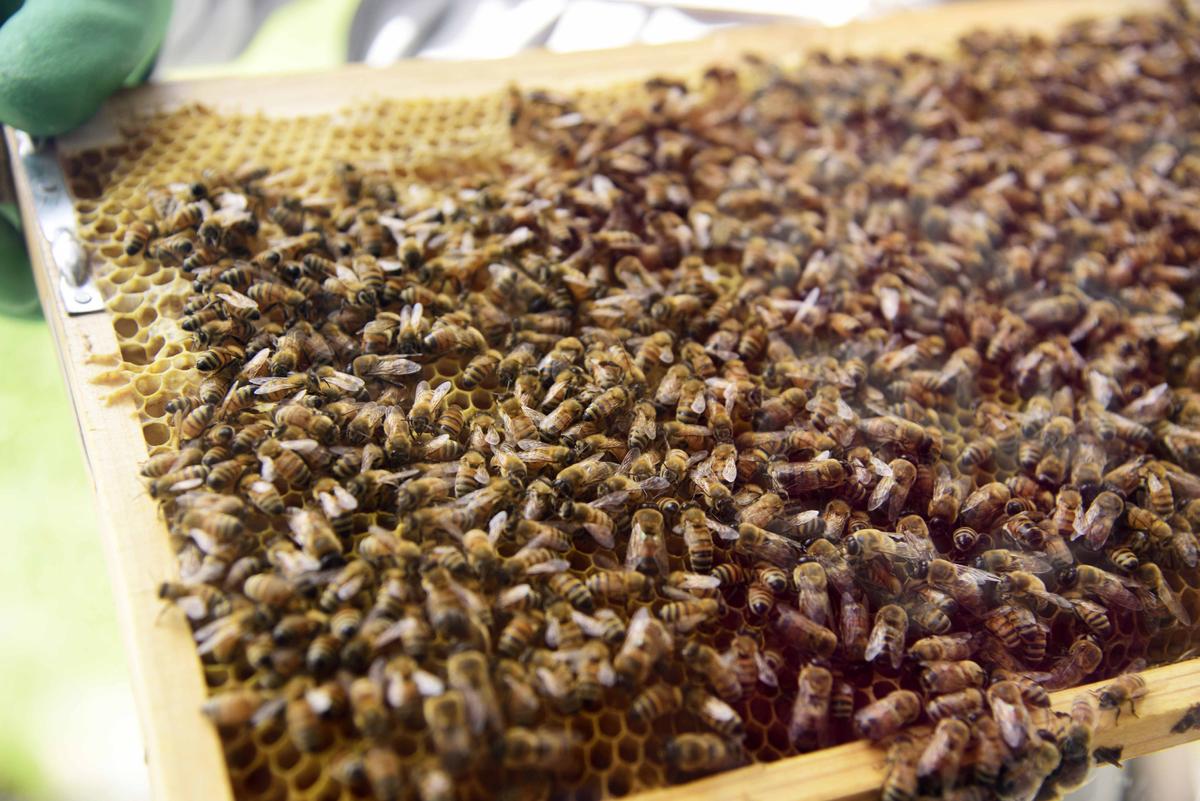
It turns out, however, that honeybees are not entirely helpless and have even been found to go on the offensive against these murderous counterparts.
The study’s authors called the phenomenon the “hot defensive bee ball.” The comparatively inexperienced American honeybees, however, have yet to develop this tactic.

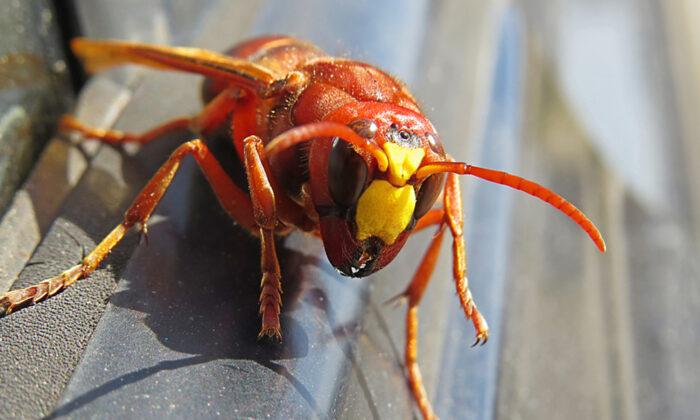




Friends Read Free